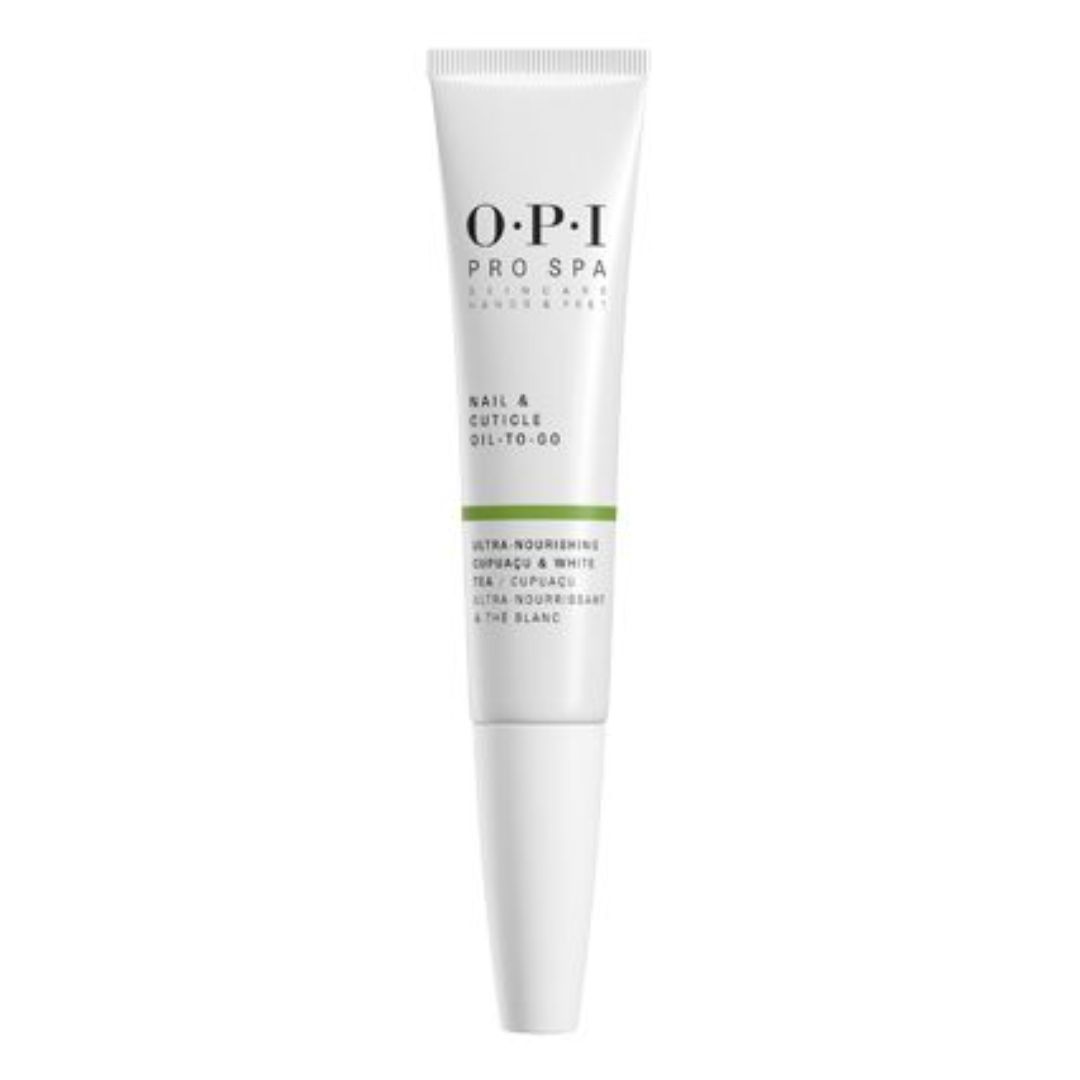Trust me, this under-the-radar but very simple hack will improve the natural appearance of your nails tenfold
It's all in the buffing
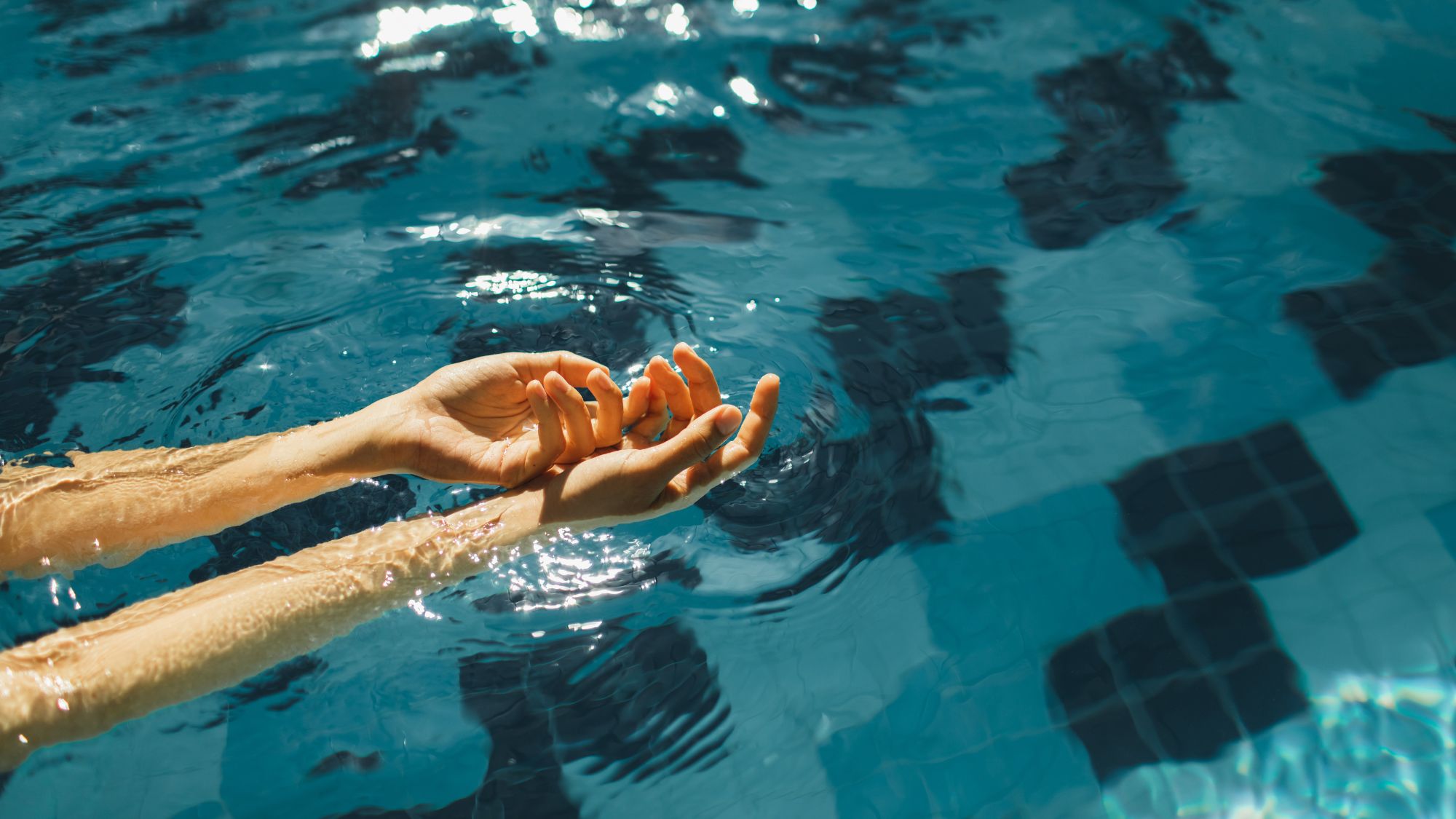
I was taught tons of things in nail school, some helpful and others, well, no-so-helpful. But there's one trick that always impresses people when they try it at home, and it just so happens to be the easiest to do—and doesn't require a drop of nail polish. That trick is nail buffing using files of various grits to get an impressive shine.
Because it doesn't require polish, it's great if you don't like wearing any, don't for religious or cultural reasons or are taking a break from nail enhancements.
It might seem simple and underwhelming but it's such an easy way to take your manicure from meh to glossy in a few minutes. Is this new information? Absolutely not. But do I think people make full use out of it? Also no. So here's exactly how to give your nails a nice sheen through buffing and shining.
Gather your tools
There is one main tool you need: a 4-way nail buffer. But you may also need, nail polish remover and cuticle oil to finish is always nice.
If you have a 4-way buffer then it should have handy 1-4 numbers to indicate the order, but if not, you want to start lowest to highest numbers when buffing. The lower the number, the more coarse the grit and the higher the number, the softer the grit. Sometimes you can find 7-way buffers but those coarse grits are to be used on nail enhancements, not natural nails.
And by file, I absolutely do not mean an e-file (electric file). You do not need one, particularly if you're a DIY manicurist.
Before buffing my nails
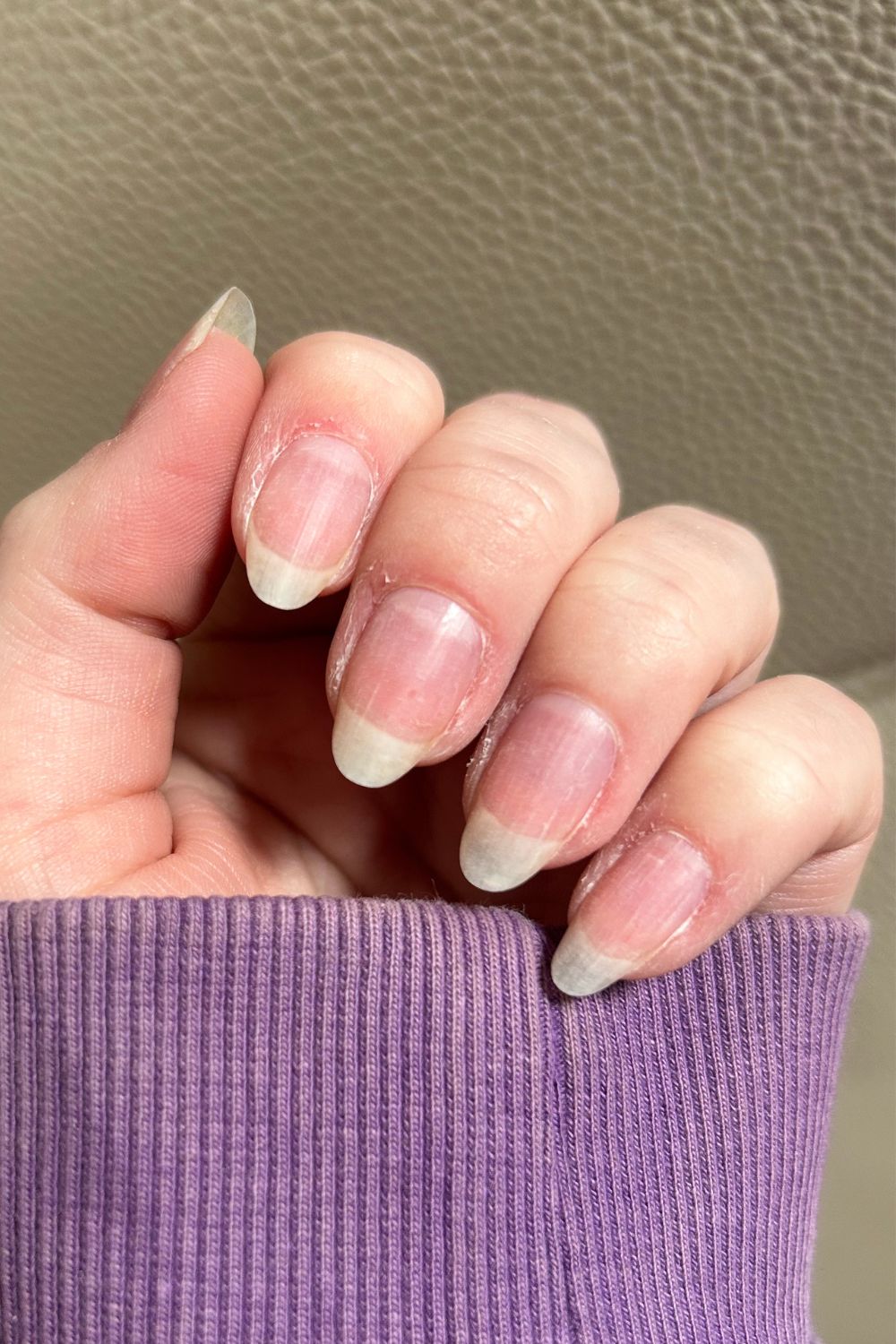
Step 1: Remove polish and shape the nails
The first step is removing any old nail polish or gel polish from your nails. Check out our guide on how to remove gel polish without ruining your nails if you're unsure. Next, take your 4-way buffer and start on number 1. Carefully and gently shape your nail to your desired natural shape.
Celebrity news, beauty, fashion advice, and fascinating features, delivered straight to your inbox!
Step 2: even out the nails
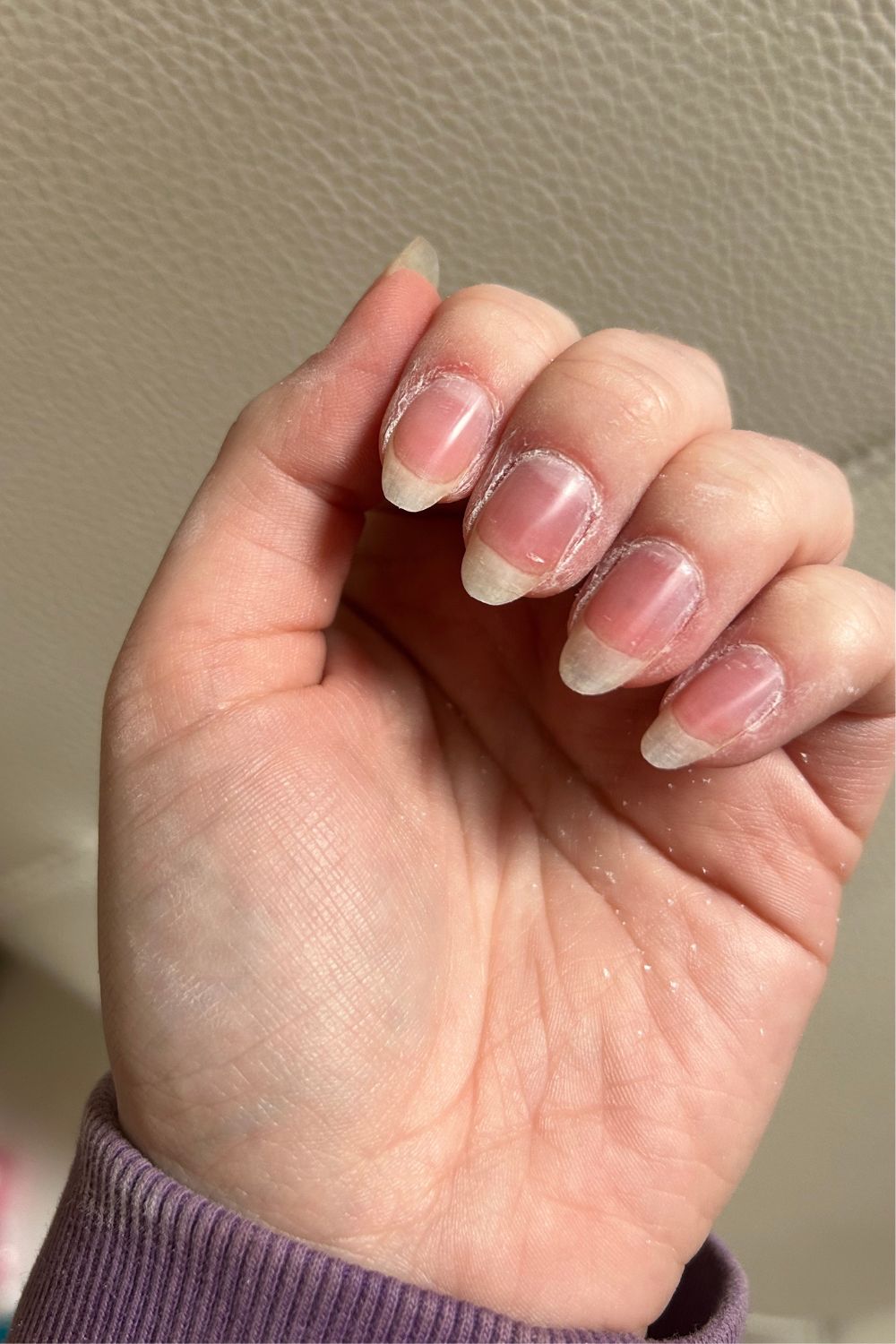
Next up is step 2, which is evening out the nail plate. Again, using gentle pressure (anything more and you can cause unnecessary damage) start buffing each nail; make sure to get to either side and the base.
Step 3: smooth the nails

Step 3 is where it starts to feel a little like nothing is happening but trust the process. this is where you're smoothing out the surface ready for the shine step.
Step 4: shine the nails
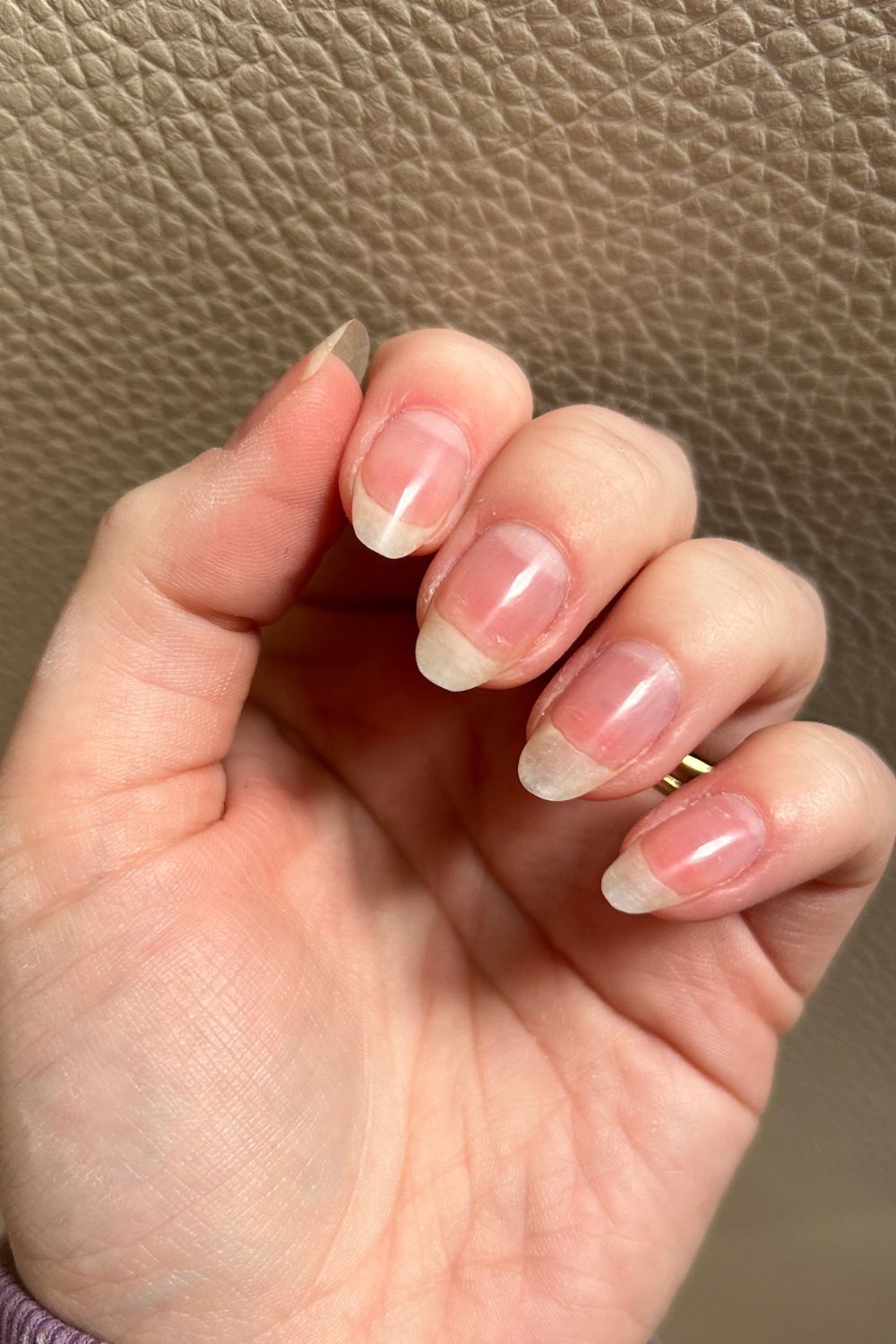
The last step is one that I think many people skip because the grit is so fine and soft that it feels like it couldn't possibly do anything, which is where people don't make full use of these everyday buffers. Step 4 is where the magic happens in giving that polish-like shine. Gently start buffing the surface of each nail plate, taking your time to polish the entire surface. Soon you'll see it transform into an ultra glossy finish.
Finish this off with cuticle oil and you have yourself an impeccably shiny manicure with zero nail polish needed.
After buffing my nails
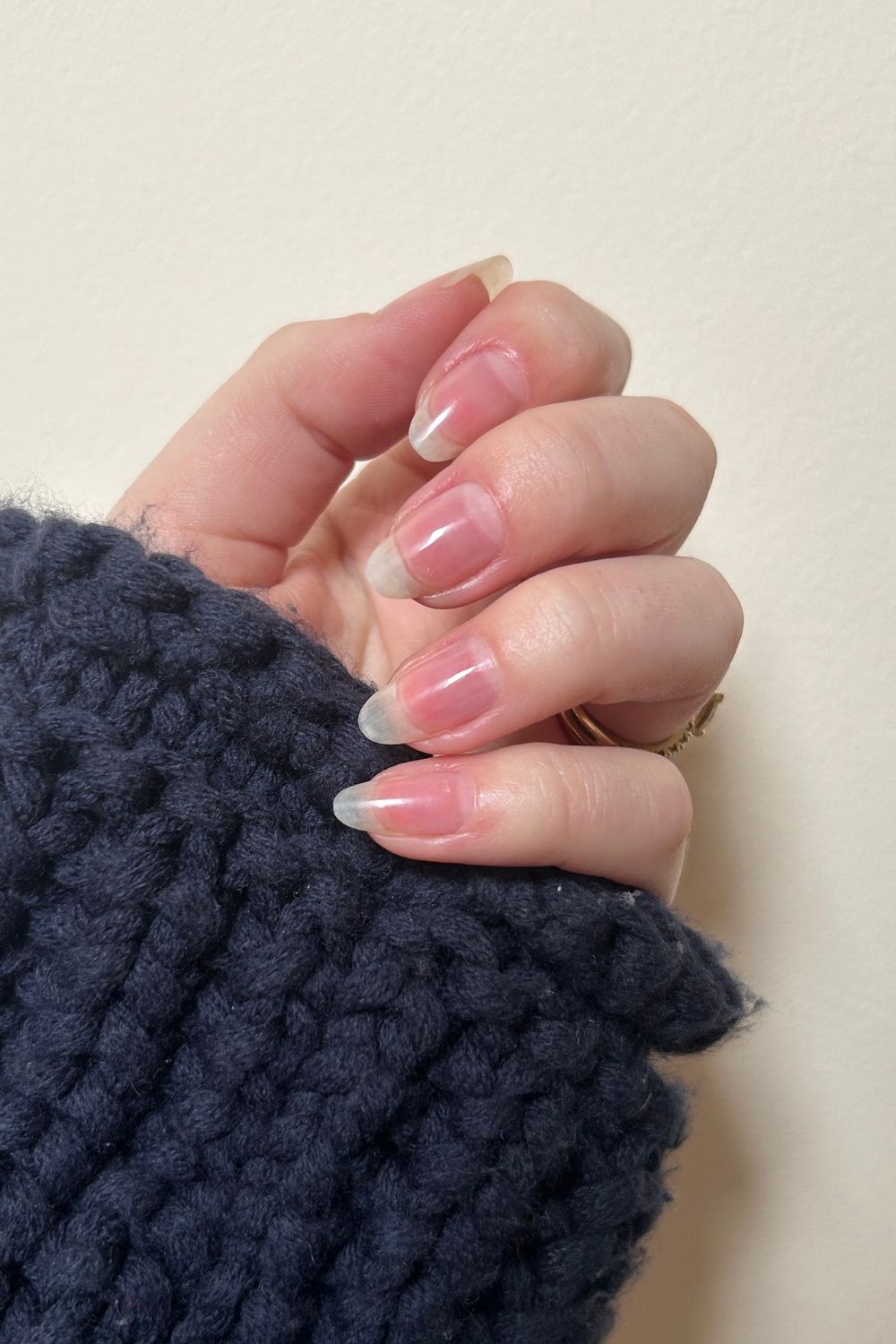
Who shouldn't buff their nails?
If you have been abusing the at-home nail enhancements and your nails feel thin, sensitive or in any way damaged then people don't risk damaging them further by filing. You need to focus on growing them out healthily by using cuticle oil and avoiding filing and enhancements unless suggested otherwise by a qualified nail technician.
Do not buff out ridges otherwise you risk thinning the nail. And please do not buff to excess as this can weaken the nail. Every once in a while is great and you'll get the benefits and impressive shine from it.
There are nail pastes out there that can help add further shine but I personally don't think they are necessary. In addition, those who need nails bare for cultural reasons should not use buffing creams like chamois as this creates a barrier with water.
Finally, don't buff your nails if you're going to apply enhancements like gel afterwards. To get gels to last for weeks at a time, they need to be able to adhere to the nail plate, which is done by causing minor damage to the nail through buffing. If you try and add a shiny layer to a shiny surface, it just won't stick. Having said that, you can do this technique on acrylics if you wear acrylics and since those are enhancements not real nail, you can buff your heart out.
Tori is a freelance beauty journalist and contributor for Marie Claire. She has written for various titles, including Allure, Glamour, Elle, Refinery29, Brides, and more. Currently training to be a nail tech, Tori is a total nail enthusiast and always has time to talk all things nail art. When she’s not writing about beauty and testing products, Tori can be found walking her rescue dog Pip, drinking great coffee, and eating as many croissants as humanly possible.

